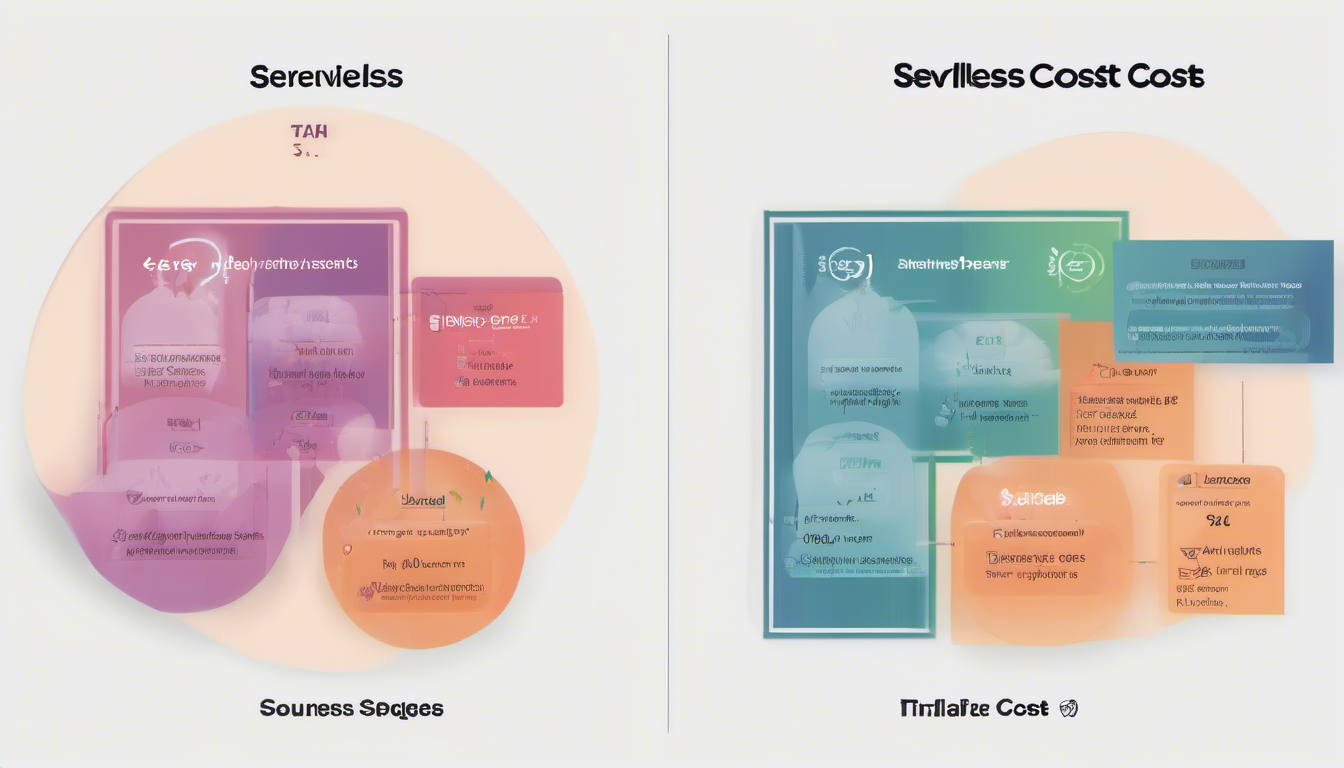In recent years, the landscape of web services has been revolutionized by the emergence of serverless computing. This innovative technology has swiftly gained traction among businesses and developers seeking to streamline their operations and bolster scalability in a rapidly evolving digital era. But what exactly is serverless computing, and why is it hailed as the future of web services? Let’s embark on an exploration of this transformative technology to unravel its significance in today’s digital realm.
Unveiling the Essence of Serverless Computing

Contrary to its name, serverless computing doesn’t imply the absence of servers; rather, it empowers developers to focus on coding without the burden of managing underlying infrastructure. In a serverless architecture, the cloud provider dynamically handles resource allocation, enabling developers to execute their code in response to specific events sans the intricacies of server management.
A Personal Journey into the World of Serverless Computing

My initial foray into serverless computing sparked awe at the simplicity and efficiency it injected into web development. As a novice programmer, I vividly recall the countless hours expended on server configurations and troubleshooting woes. However, the advent of serverless platforms such as AWS Lambda and Azure Functions bestowed upon me the freedom to concentrate solely on coding, delegating the platform to manage the rest. This newfound liberation fueled my creativity and productivity in project endeavors.
Embracing the Marvels of Serverless Computing

One of the pivotal perks of serverless computing lies in its cost-effectiveness. Unlike traditional server setups that incur costs during idle times, serverless architecture adopts a pay-as-you-go model, wherein you only pay for the resources consumed when your code is executed. This model translates into substantial cost savings for businesses, particularly those grappling with unpredictable or fluctuating workloads.
Another standout feature of serverless computing is its scalability. In a traditional server environment, scaling resources to meet escalating demand can be labyrinthine and time-intensive. Conversely, serverless platforms automatically scale in response to workload, ensuring peak performance without manual intervention. This dynamic scalability proves invaluable for applications contending with varying traffic patterns.